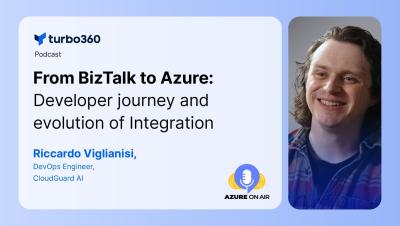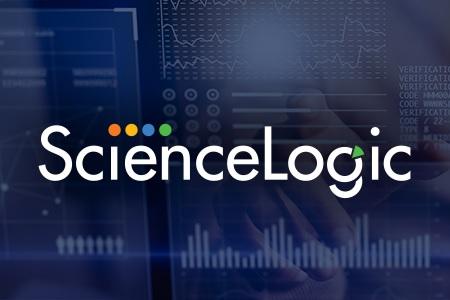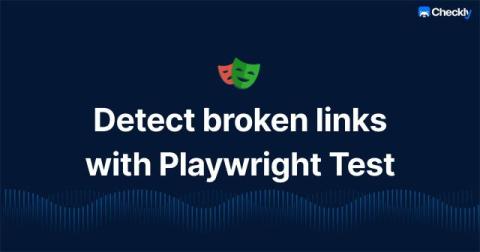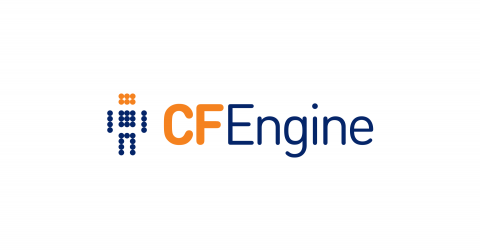Cloud Control #27 Distributed AI Infrastructure Service Transforming the Healthcare Industry
Welcome to Cloud Control - the podcast that focuses on cloud computing, featuring discussions with industry professionals. In this episode host Shon Harris is joined by Timothy Chow, a technology leader with decades of experience in cloud computing. Timothy is also a lecturer at Stanford University and is currently working on the Pediatric Moonshot project, which aims to revolutionize pediatric healthcare using advanced technologies.











